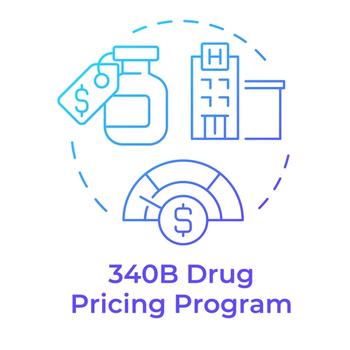
Xibrom
Twice-daily ophthalmic NSAID approved to reduce inflammation after cataract surgery
Xibrom Bromfenac ophthalmic solution 0.09%
ISTATwice-daily ophthalmic NSAID approved to reduce inflammation after cataract surgery
This ophthalmic non-steroidal anti-inflammatory drug (NSAID) is the first to be approved for twice daily dosing. Bromfenac ophthalmic solution was approved on March 24, 2005, for the treatment of postoperative inflammation in patients who have undergone cataract extraction.
Efficacy. The efficacy of bromfenac ophthalmic solution was evaluated in 2 double-blind, placebo-controlled trials of patients with a summed ocular inflammation score ≥3 after cataract surgery. Patients were randomized to 1 drop of bromfenac or vehicle twice a day for 14 days, beginning the day after cataract surgery. The bromfenac group demonstrated a significantly greater reduction in ocular inflammation 14 days after cataract surgery (62%-66% vs 40%-48%) than the vehicle group.
Safety. Bromfenac ophthalmic solution contains sodium sulfite and should not be used in patients with sulfite sensitivity. The use of topical NSAIDs such as bromfenac may result in keratitis. In some susceptible patients, continued NSAID use may result in epithelial breakdown, corneal thinning, corneal erosion, corneal ulceration, or corneal perforation, all of which may be sight threatening. Patients with evidence of corneal epithelial breakdown should immediately discontinue the use of topical NSAIDs and should be closely monitored for corneal health. With some NSAIDs, there exists a potential for increased bleeding time due to interference with platelet aggregation, and it is recommended that bromfenac ophthalmic solution be used with caution in patients with known bleeding tendencies or who are receiving other medications that may prolong bleeding time. All topical NSAIDs may slow or delay healing, and concomitant use of topical NSAIDs and topical corticosteroids may increase the potential for healing problems. The most common adverse events associated with bromfenac include abnormal sensation in eye, conjunctival hyperemia, eye irritation (including burning/stinging), eye pain, eye pruritus, eye redness, headache, and iritis.
Newsletter
Get the latest industry news, event updates, and more from Managed healthcare Executive.

















































